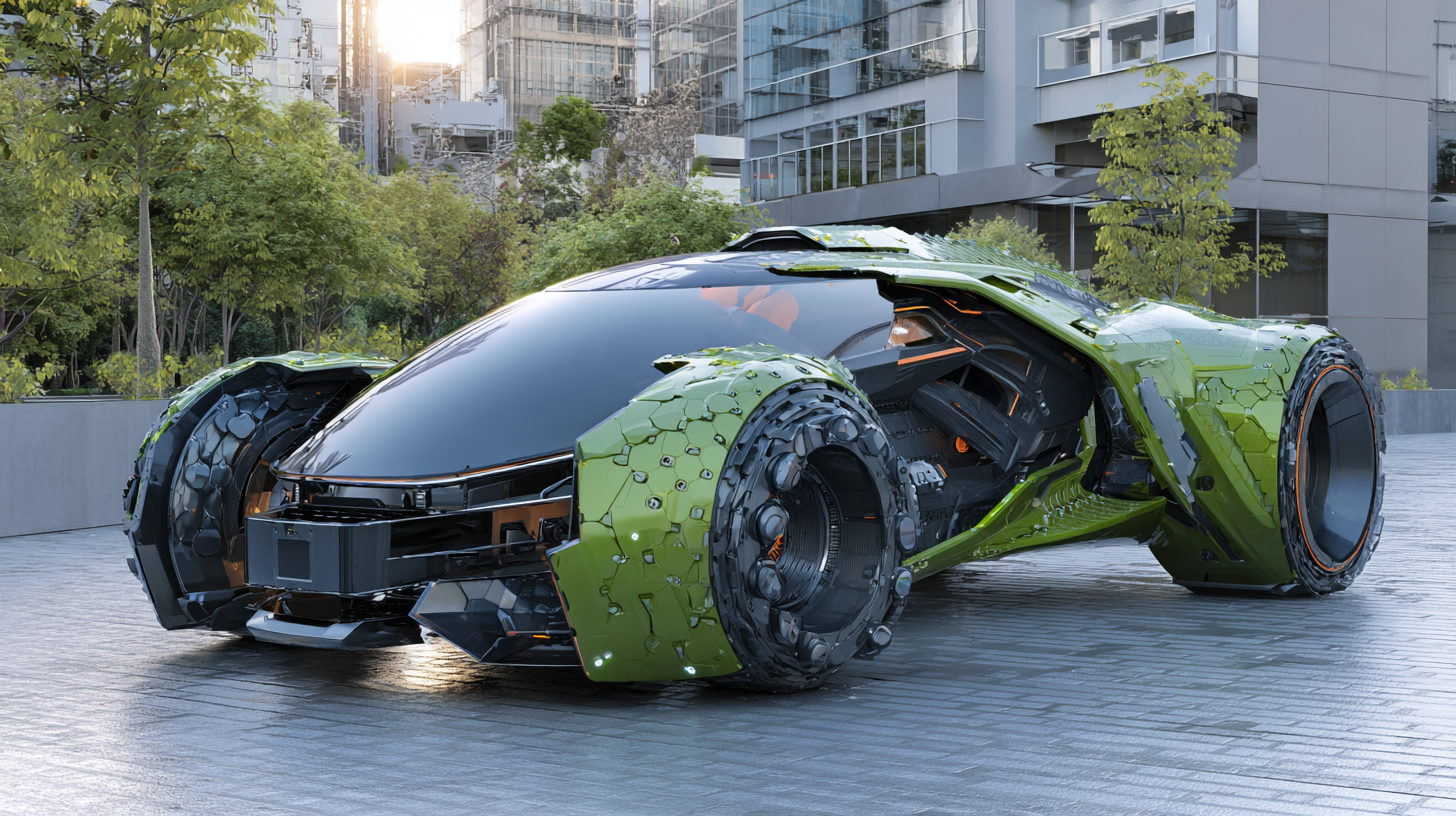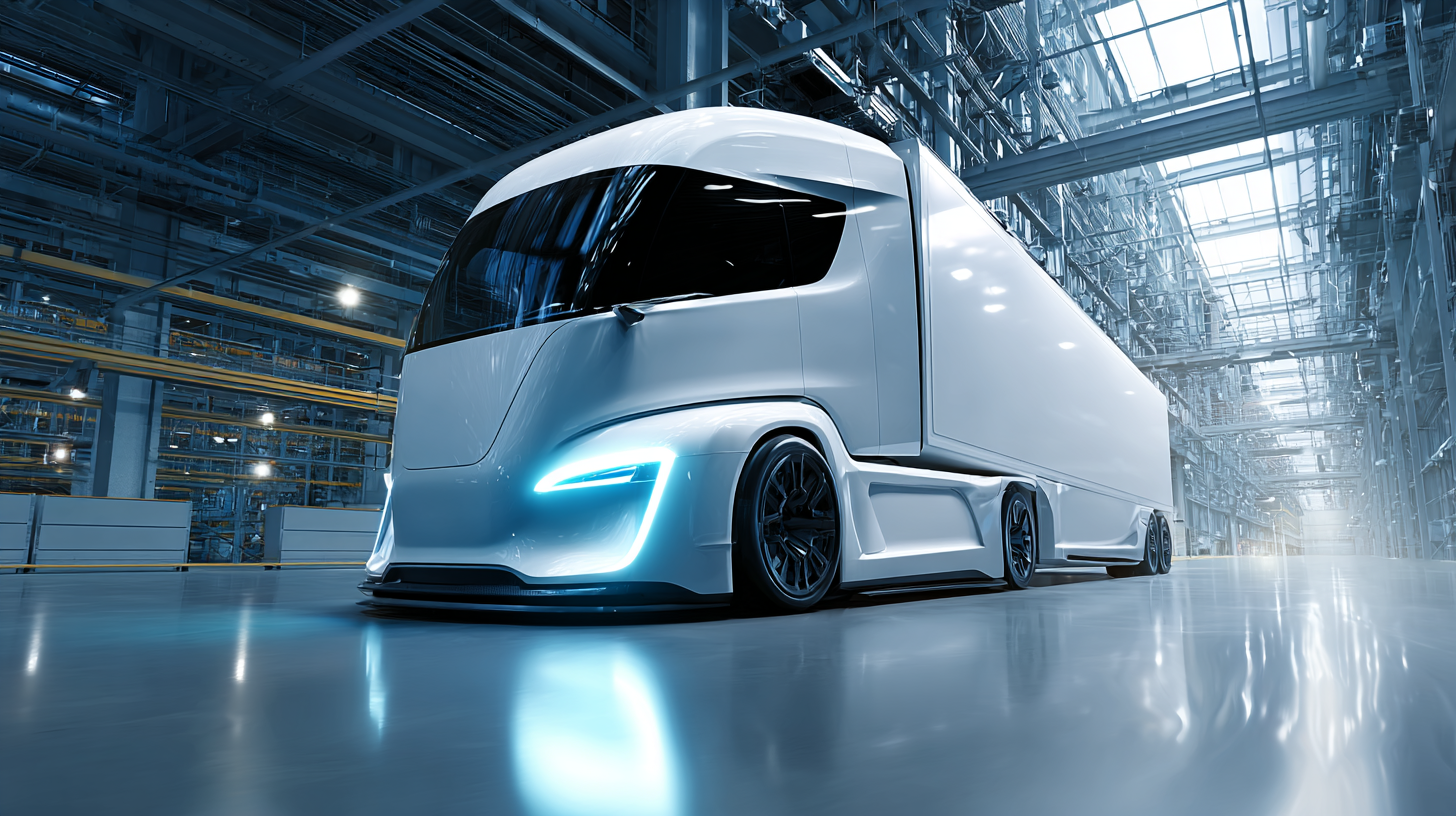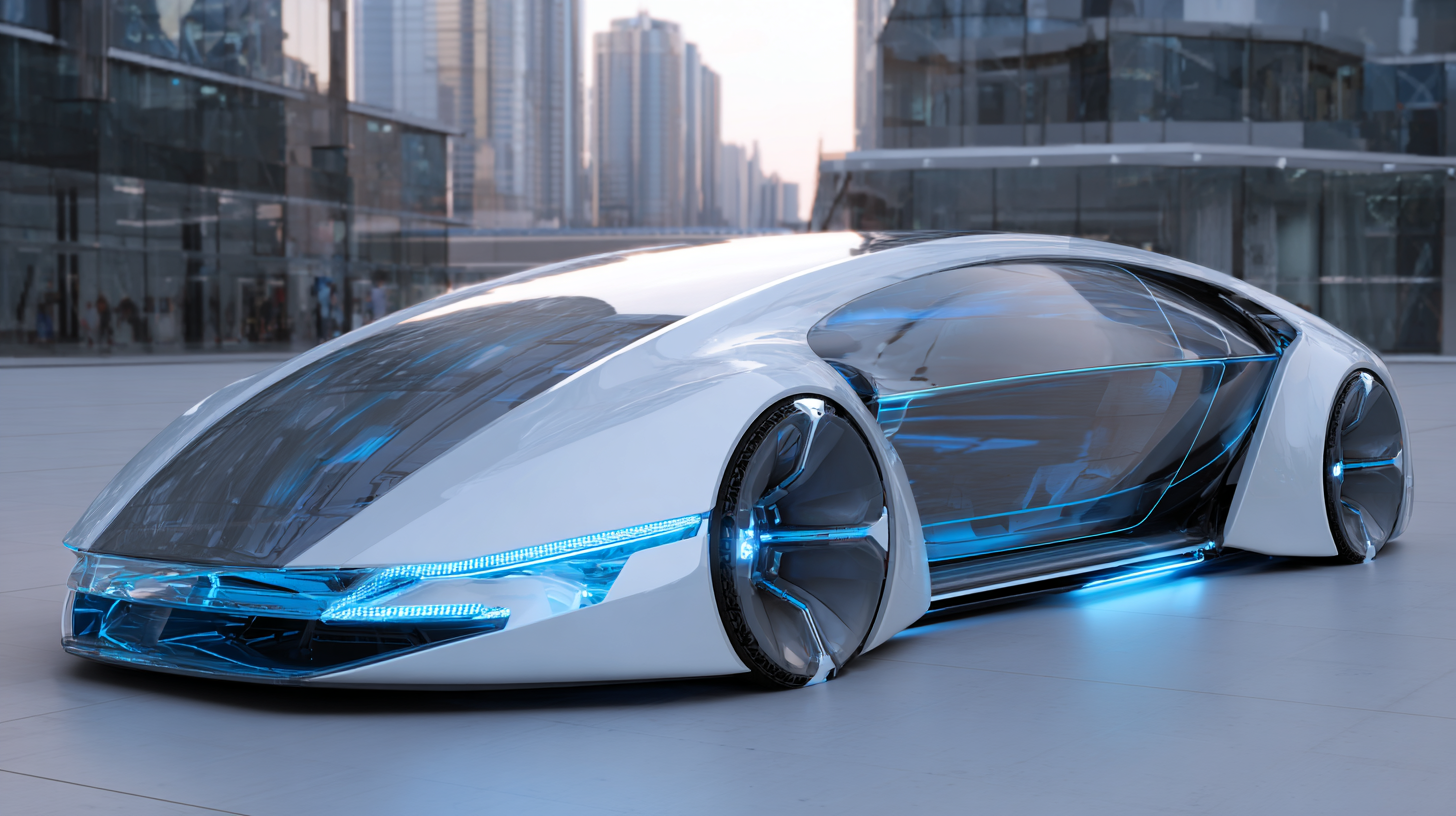Leave Your Message
As we approach 2025, the automotive industry is poised for transformative change driven by innovative technologies that redefine the landscape of car truck vehicle design and functionality. According to a recent report by the International Automotive Engineers Association, global investment in automotive technology is expected to exceed $100 billion, highlighting the industry's commitment to advancements such as electric and autonomous vehicles. The latest trends emphasize sustainability, connectivity, and enhanced safety features, which are increasingly becoming the norm rather than the exception. With emerging technologies like AI-powered driving systems and enhanced battery efficiency, manufacturers are challenged to stay compliant with evolving regulations and certifications. This blog will delve into the future of car truck vehicle innovations, outlining essential trends and providing a comprehensive checklist to navigate the complexities of industry standards and certifications.

As we look towards 2025, the automotive industry is on the brink of transformative innovations that promise to redefine our driving experience. Key advancements in electric vehicle (EV) technology are leading the charge, with manufacturers investing heavily in battery efficiency and charging infrastructure. The emergence of solid-state batteries is set to revolutionize the range and performance of electric trucks and cars, making them more accessible to consumers and businesses alike.
Moreover, the integration of advanced driver-assistance systems (ADAS) is enhancing vehicle safety and automation. Features such as adaptive cruise control and lane-keeping assistance are evolving into more sophisticated systems, paving the way for fully autonomous vehicles. This shift not only aims to reduce accidents but also to improve traffic flow in urban environments. Coupled with innovations in connectivity, such as V2X (vehicle-to-everything) communication, vehicles will be equipped to interact seamlessly with their surroundings, leading to smarter transportation networks.
In addition to performance and safety, sustainability is at the forefront of innovations. Many manufacturers are exploring alternative materials and manufacturing processes that minimize environmental impact. From bio-based composites to renewable energy-powered production lines, the industry is increasingly focused on creating vehicles that are not just high-tech but also environmentally responsible. As we head into 2025, these key innovations promise to lead us into a new era of automotive excellence.
As we delve into the modern market, the evolution of vehicle types has drastically shifted in response to technological advancements and consumer demands. Traditional cars are now complemented by electric vehicles (EVs), hybrid models, and smart trucks, each designed to meet specific needs. For example, electric SUVs are becoming popular for their efficiency and eco-friendliness, while pickup trucks are integrating advanced towing capabilities with enhanced safety features. This diversification ensures that consumers can find a vehicle tailored to their lifestyle, whether it's commuting, transporting goods, or weekend adventures.
The application of technology in these vehicles extends beyond fuel efficiency and power. Features such as autonomous driving, connectivity, and advanced driver-assistance systems (ADAS) are increasingly becoming standard in new models. These innovations greatly enhance safety, navigation, and convenience. For instance, vehicles equipped with blind-spot detection and collision warning systems are helping to reduce road accidents. Moreover, the rise of smart trucks equipped with telematics facilitates logistics management, optimizing delivery routes and improving fuel economy. As we look to the future, these evolving vehicle types and their specialized features reflect the ongoing transformation within the automotive industry, shaping how we will drive and transport goods in the coming years.

When evaluating future vehicle technologies, having a comprehensive checklist is essential. According to a recent report by McKinsey & Company, around 75% of consumers prioritize safety features in their vehicle choices, making it vital to assess technologies such as advanced driver-assistance systems (ADAS). Ensure the innovations you consider, like automatic emergency braking and lane-keeping assistance, meet the latest safety ratings from organizations like the IIHS. These features not only enhance driver safety but can also contribute to insurance cost reductions, making them a win-win for consumers and manufacturers alike.
Moreover, sustainability is becoming increasingly important, with a study from Deloitte indicating that 64% of consumers are willing to pay more for electric vehicles (EVs) with advanced battery technologies. Evaluating potential vehicle innovations should include an examination of the efficiency and range of new battery systems. Assessing the charging infrastructure and renewable energy sources is equally crucial to ensure that these technologies align with environmental goals.
By preparing an essential checklist that encompasses safety, efficiency, and sustainability, stakeholders can make informed decisions that shape the future of the automotive industry.
As the automotive industry rapidly evolves, understanding the upcoming trends is essential for choosing the right vehicle. By 2024, the production and sales of vehicles in China are projected to reach 31.28 million and 31.43 million units, reflecting a year-on-year growth of 3.7% and 4.5%. Notably, new energy vehicles are expected to dominate, with production and sales hitting approximately 12.89 million units, signaling a significant shift toward sustainable transportation solutions.

The hybrid vehicle market is experiencing notable growth, driven by the increasing demand for eco-friendly options across various vehicle types, including passenger and commercial vehicles. According to industry reports, the global hybrid market is projected to expand substantially between 2024 and 2031, influenced by the degree of electrification—whether mild, full, or plug-in hybrid. This trend emphasizes the importance of being aware of the technological advancements that will shape vehicle innovation.
Tips: When considering a new vehicle, focus on energy efficiency ratings and the environmental impact. Evaluate different types of vehicles—light hybrids may offer better fuel economy for city driving, while plug-in hybrids are ideal for longer commutes. Staying informed on industry trends will empower you to make an informed choice that aligns with both your lifestyle and sustainability goals.
In recent years, the automotive industry has seen a significant shift towards
sustainability in vehicle design. This transition
is driven by growing consumer demands for eco-friendly options and stricter regulatory frameworks. According to a
report by the International Energy Agency, the global sales of
electric vehicles (EVs) skyrocketed to 6.6 million units in 2021,
a rise of 108% from the previous year. This trend is expected to continue, with projections indicating
that by 2025, EVs could account for nearly 30% of total vehicle
sales, highlighting a clear pivot towards greener technologies.
Innovations such as lightweight materials,
energy-efficient powertrains, and advanced aerodynamics
are reshaping the way vehicles are designed and manufactured. The use of materials like carbon fiber and
aluminum not only reduces the weight of vehicles but also improves fuel efficiency
and overall performance. According to a study by McKinsey & Company, optimizing vehicle weight can lead
to fuel economy improvements of up to 15%. Moreover, manufacturers are increasingly integrating
sustainable practices in their supply chains, reducing carbon footprints and promoting circular economies.
As these innovations continue to evolve, they will play a crucial role in the automotive industry's commitment to a
more sustainable future.
